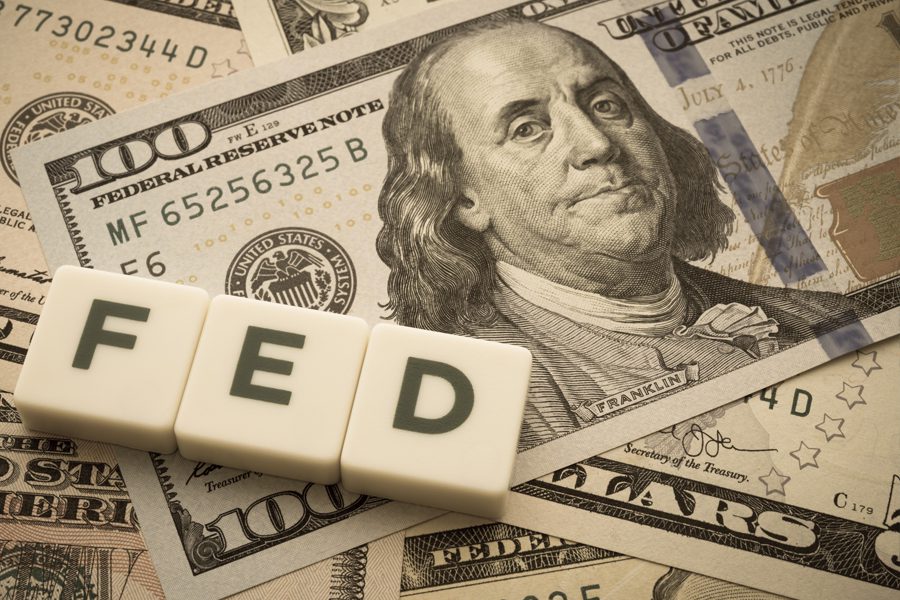

Navigating Economic Waves: How Interest Rates Shape Market Dynamics and Business Strategies
With the recent FED decision to hold up interest rates, I wanted to share how interest rates play a pivotal role in shaping the prices of goods and services in our economy, and consequently, the significant influence interest rates have on economic health and performance. The relationship between interest rates and prices is multifaceted, impacting various sectors and aspects of economic activity.
First and foremost, interest rates directly affect borrowing costs. When interest rates are low, borrowing becomes cheaper, encouraging businesses to take out loans to finance purchases and investments. Lower borrowing costs lead to increased spending on durable goods, business expansions and capital investments. This heightened demand can push prices higher through increased spending and investment, thereby contributing to inflationary pressures.
Conversely, higher interest rates raise the cost of borrowing, which tends to dampen spending and business investments. As borrowing becomes more expensive, businesses may postpone large purchases and investments, leading to a decrease in demand for goods and services. This decrease in demand can put downward pressure on prices, potentially leading to deflationary trends in the economy.
In addition to their impact on borrowing costs and asset prices, interest rates also influence currency values. Central banks adjust interest rates to achieve their monetary policy objectives, such as controlling inflation or stimulating economic growth. When a central bank raises interest rates, it attracts foreign capital seeking higher returns on investments denominated in that currency. This increased demand for the currency can lead to its appreciation relative to other currencies, making imports cheaper and exports more expensive. Consequently, a stronger currency can contribute to lower import prices and higher export prices, affecting the overall price level in the economy.
The expectations surrounding future interest rate movements can also influence current prices. For instance, if businesses anticipate that interest rates will rise in the future, they may increase prices preemptively to offset higher borrowing costs or to take advantage of stronger demand before it wanes. Similarly, consumers may adjust their spending habits in anticipation of future changes in borrowing costs, affecting current price levels.
Overall, the relationship between interest rates and prices is complex, with implications for our electrical economy. Changes in interest rates can influence borrowing costs, asset prices, currency values, and expectations about future economic conditions, all of which contribute to fluctuations in prices and the overall health of the economy.
DISC Corp is here to help you answer the following questions:
- How big is my market?
- What is my share of the market?
- Where am I missing share?
- Are my resources aligned to gain share?
